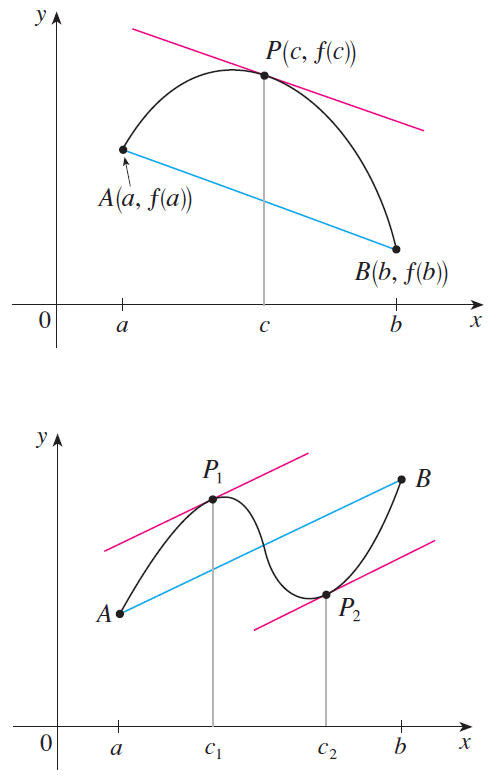EVALUATING LIMITS AT INFINITY
Consider the following limit.
When x approaches -∞, x < 0.
Find the value of ¹⁄ₓ, when x < 0.
x = -1 ----> ¹⁄₋₁ = -1
x = -2 ----> ¹⁄₋₂ = -0.5
x = -3 ----> ¹⁄₋₃ = -0.3
x = -4 ----> ¹⁄₋₄ = -0.25
x = -5 ----> ¹⁄₋₅ = -0.2
x = -10 ----> ¹⁄₋₁₀ = -0.1
x = -100 ----> ¹⁄₋₁₀₀ = -0.01
x = -1000 ----> ¹⁄₋₁₀₀₀ = -0.001
x = -10000 ----> ¹⁄₋₁₀₀₀₀ = -0.0001
x = -100000 ----> ¹⁄₋₁₀₀₀₀₀ = -0.00001
When x approaches -∞, ¹⁄ₓ approaches 0.
Therefore,
When x approaches +∞, x > 0.
When x approaches +∞, if the above calculation is done, ¹⁄ₓ will approach 0.
Conclusion :
When you divide any number by either negative infinity or positive infinity, the result is always zero.
Evaluating Limits for Rational Functions at Infinity
Consider the following limit.
Look at the highest exponent of x in the above rational function. The highest exponent of x is 3.
Factor x3 out in both numerator and denominator. Then, simplify and evaluate the limit.
Solved Problems
Problem 1 :
Solution :
x approaches positive infinity means, x becomes larger and larger. That is, x approaches a very large positive value.
When x approaches a very large positive value, x4 will approach a very large positive value. When a very large positive value multiplied by 3, again it will become a very large positive value.
Therefore,
Problem 2 :
Solution :
x approaches negative infinity means, x becomes smaller and smaller. That is, x approaches a very large negative value.
In x3, if x takes a negative value, the value of x3 also will be a negative value. Because, the exponent in x3 is 3, which is an odd number.
For example,
(-2)3 = -2 x -2 x -2
(-2)3 = -8
When x approaches a very large negative value, x3 also will approach a very large negative value.
Therefore,
Problem 3 :
Solution :
Since the exponent in x5 is 5, which is an odd number, when x approaches a very large negative value, x5 also will approach a very large negative value.
When a very large negative value is multiplied by -3, it will become a very large positive value.
Therefore,
Problem 4 :
Solution :
e is a mathematical constant and its value is
e = 2.71828......
In ex, since e > 1, when x approaches a very large positive value, ex also will approach a very large positive value.
Problem 5 :
Solution :
Problem 6 :
Solution :
Problem 7 :
Solution :
Problem 8 :
Solution :
Problem 9 :
Solution :
Problem 10 :
Solution :
Kindly mail your feedback to v4formath@gmail.com
We always appreciate your feedback.
©All rights reserved. onlinemath4all.com
Recent Articles
-
Simplifying Algebraic Expressions with Fractional Coefficients
May 17, 24 08:12 AM
Simplifying Algebraic Expressions with Fractional Coefficients -
The Mean Value Theorem Worksheet
May 14, 24 08:53 AM
The Mean Value Theorem Worksheet -
Mean Value Theorem
May 14, 24 02:48 AM
Mean Value Theorem

